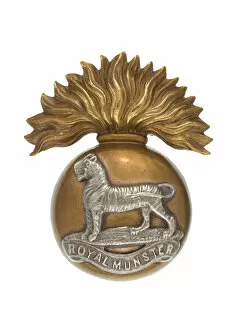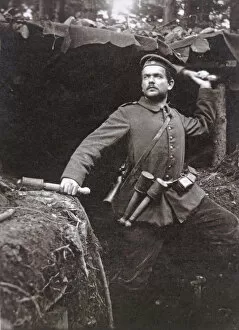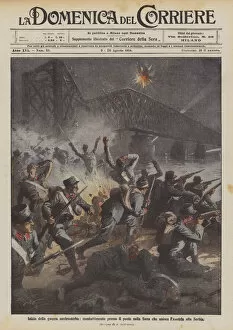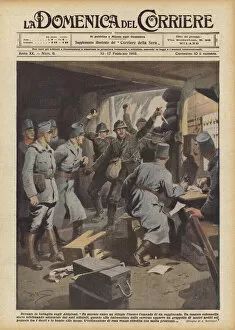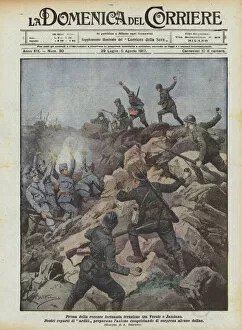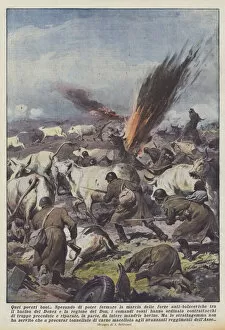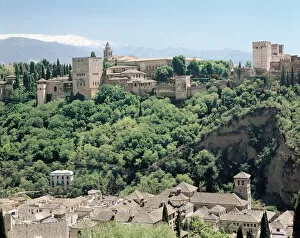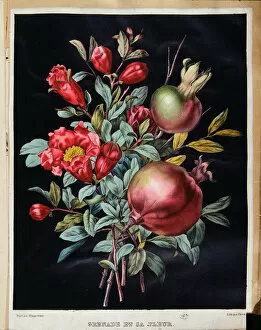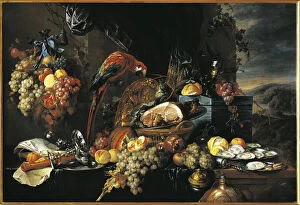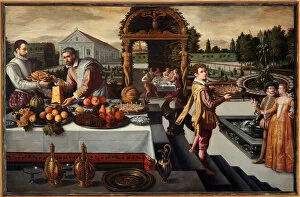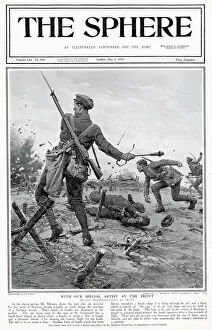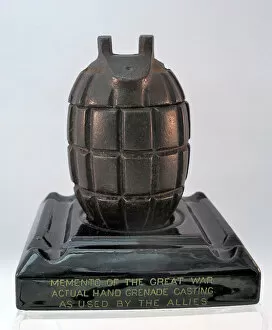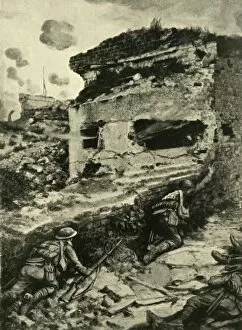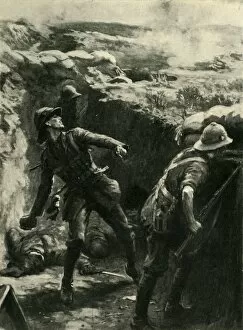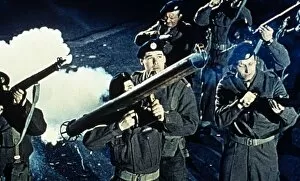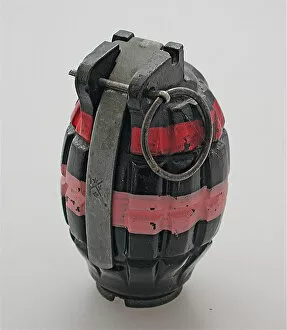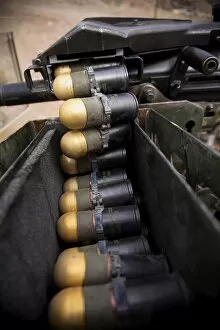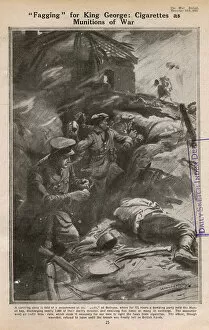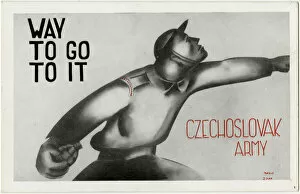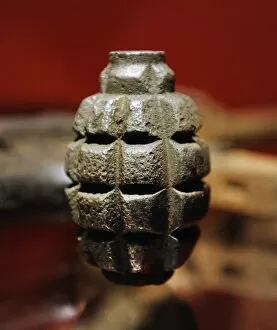Grenade Collection (#4)
During World War One, the use of grenades became a pivotal part of warfare
For sale as Licensed Images
Choose your image, Select your licence and Download the media
During World War One, the use of grenades became a pivotal part of warfare. German propaganda posters depicted the power and effectiveness of these explosive weapons, showcasing their importance on the battlefield. The Mills Bomb No 5 hand grenade was widely used during this time, with its sectional view revealing its intricate design and mechanism. World War One soldiers relied heavily on grenades to gain an advantage in combat. A striking image captures a WWI German stormtroop officer demonstrating the use of cluster grenades against tanks, highlighting their versatility as anti-armor weapons. In Stalingrad, soldiers faced unimaginable hardships but utilized grenades as a crucial tool in their fight for survival. The resilience and determination shown by these troops exemplify the significance of such weaponry. The role of grenadiers was highly esteemed during World War One, with a poster proudly portraying "The German as a grenadier" in 1918. This depiction emphasizes the valor associated with being skilled in handling explosives. Moving forward to WWII, British troops continued to rely on grenades for firepower during intense battles. Light Dragoons showcased their proficiency at Warcop Ranges, demonstrating both precision and efficiency when utilizing these explosive devices. Grenades were not limited to land warfare; they also played a significant role at sea. British troops engaged enemy forces from naval vessels during WWII while using grenades as part of their arsenal against hostile ships or coastal targets like Konga Island. Dubbed "morning weapon, " grenades provided soldiers with an immediate offensive capability right after dawn broke over war-torn landscapes. Their swift deployment added an element of surprise that could turn the tide in battle. Despite their destructive nature, there is something oddly captivating about explosions – hence why some may describe them as a "tasty bang. " However paradoxical it may seem given its purpose on the battlefield, there is no denying that this small yet mighty weapon holds immense power within its grasp.



